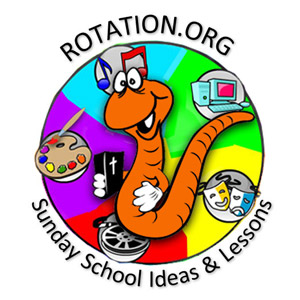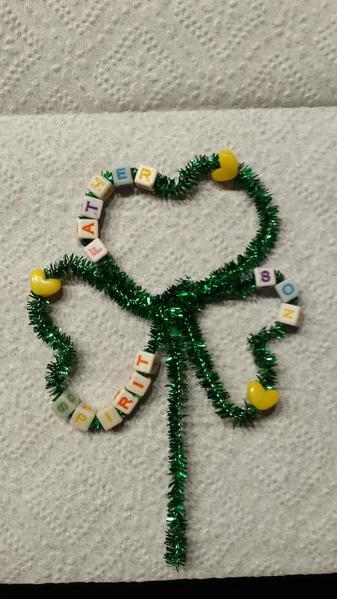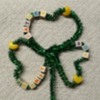How to teach kids about the Trinity
Ideas for teaching about the Holy Spirit, etc.
Up first is an idea submitted by member Jean Carey a few years ago at Rotation.org...
Making Ropes to symbolize The Trinity
I was recently at a Scouting event that was making ropes with a very simple three-piece homemade contraption made from wood and a few other cheap ordinary things (one paddle which separated the twine, one table-thing with a handle, and one pulling apparatus). Up to 5 children were able to work on one machine. I instantly saw a church story being demonstrated: The Father, Son and Holy Spirit!
YouTube has a number of tutorials showing how to braid three ropes into one. From a kid and craft perspective, it's a fun idea. Theologically it doesn't reflect that the three are one. See the "Celtic Knot" or "Trinity Knot" idea and video below in this thread for an idea that does convey 3 in one, instead of 3 separate pieces.
There are many connections that can generate from this: unity, binding faith, trust, and strength against Satan's temptation. I am sure someone can take this idea and create an entire lesson. Each child works together until there are ropes for each of them to take home. It is awesome to watch and participate in because it totally hands-on. Our Brownies (23 of them!) made ropes within one hour with one machine and one very strong armed adult who did some of the major turning.
A volunteer Rotation.org helper-cleaner-up-er, modified this post for clarity.

 Trinity, God, Grace, "Church," "Worship," Salvation, Holy Spirit, etc etc. The following topics often began when someone asked for or came up with a lesson resource "about Grace" for example, or had a good idea for teaching "about the Church." Some of these discussion threads began as a question in our
Trinity, God, Grace, "Church," "Worship," Salvation, Holy Spirit, etc etc. The following topics often began when someone asked for or came up with a lesson resource "about Grace" for example, or had a good idea for teaching "about the Church." Some of these discussion threads began as a question in our 




